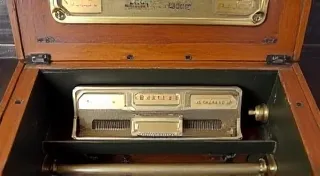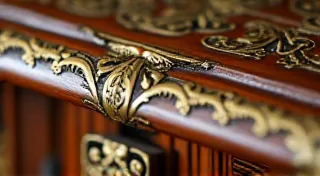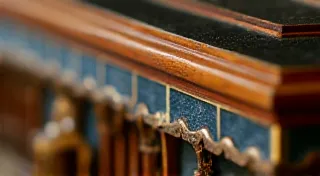A Beginner's Guide to Identifying Vintage Musical Box Makers
Owning a vintage musical box is a truly special experience. The delicate melodies, intricate mechanisms, and often beautiful craftsmanship transport you back in time. But beyond the music and aesthetics, knowing who created your musical box adds another layer of appreciation and understanding. Identifying the maker can unlock its history, value, and unique characteristics. This guide will introduce you to the key manufacturers of vintage musical boxes, covering popular Swiss brands like Reuge and Junod, as well as touching on American and German producers.
The Rise of the Musical Box: A Brief History
The musical box as we know it evolved from earlier automated music devices, with roots tracing back to the 18th century. The invention of the cylinder music box in Switzerland in the early 1800s marked the true beginning of the industry. The portability and relative affordability of these early boxes made them incredibly popular among the affluent, and manufacturing flourished, particularly in Switzerland’s Jura Mountains – a region abundant in skilled watchmakers. American companies entered the market later, primarily catering to a domestic audience, while German producers often focused on larger, more elaborate boxes. The Swiss legacy of craftsmanship remains a defining characteristic; a deeper look into the history of Swiss musical boxes reveals a fascinating evolution of technique and design.
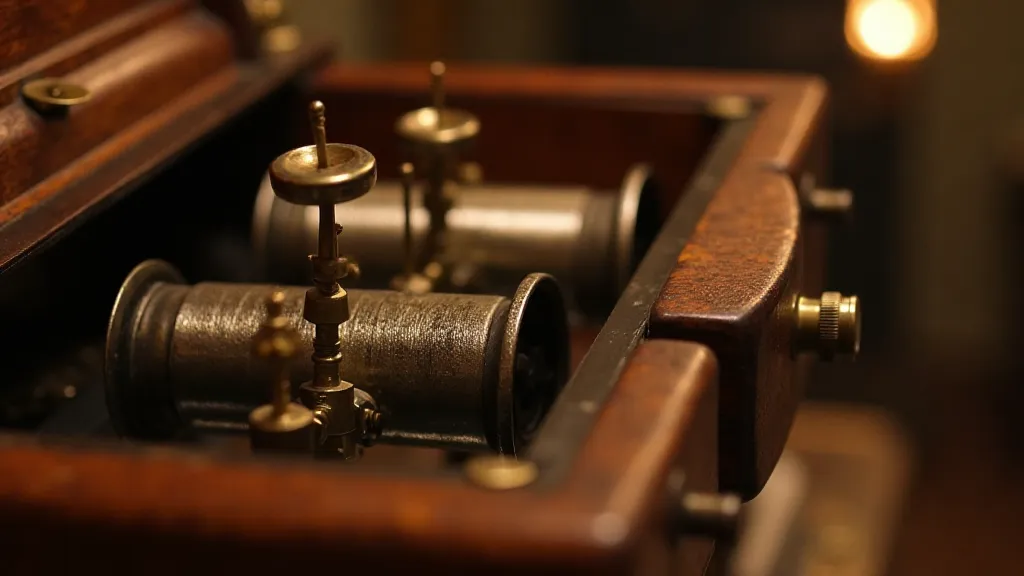
Swiss Manufacturers: The Pillars of the Industry
Switzerland undoubtedly holds the dominant position in the history of musical box manufacturing. The legacy of Swiss ingenuity is evident in the exceptional quality and innovation of many vintage boxes.
Reuge: The Masters of Sound
Reuge is arguably the most renowned name in musical boxes. Founded in 1856, their boxes are celebrated for their exceptionally clear and resonant sound – a direct result of their meticulous engineering and use of high-quality materials. Early Reuge boxes often featured the "R" mark, often in a banner, and later models may include more elaborate logos or serial numbers. Their sound is often described as "bell-like" or "crystal clear." Reuge boxes come in a wide variety of shapes, sizes, and movements, ranging from simple tabletop models to elaborate bird-cage boxes and carousel boxes.
Identifying Marks: Look for the "R" in a banner, often accompanied by "Reuge" or "Suisse" (Switzerland). Later models include more detailed logos and serial numbers. A consistent and bright tone is a hallmark of Reuge quality.
Junod: Beauty and Innovation
Junod, founded in 1870, is another major Swiss player, known for the artistic beauty of their boxes alongside their technical prowess. While their sound is also excellent, it's often described as slightly warmer and richer than Reuge's. Junod was particularly known for introducing innovations like the "polyphonic" movement, which allowed for more complex and layered melodies. The exterior decoration was often elaborate, featuring inlaid woods, enamel work, and hand-painted scenes.
Identifying Marks: Junod boxes often bear the “J” mark, sometimes incorporated into more elaborate logos. Early boxes might simply have “Junod” or “Junod Frères” (Frères meaning Brothers). Later models frequently include serial numbers and patent marks. The overall aesthetic often reflects a higher degree of artistry and ornamentation.
Théophile Borel: Early Innovation
Théophile Borel, active from the mid-1800s, was a pioneering manufacturer. Borel was among the first to experiment with automated figures and movements, adding a level of complexity and novelty to their boxes. Their movements are often characterized by their intricate mechanical action.
Identifying Marks: Borel boxes often bear a “TB” mark. Early boxes may simply have “T Borel” or a similar variation.
American Manufacturers: A Focus on Domestic Appeal
American companies primarily catered to the domestic market, producing boxes that often featured simpler designs and movements than their Swiss counterparts. While the craftsmanship is still commendable, American boxes often prioritized affordability and mass appeal. The distinct characteristics of American musical boxes, with their own style and sound, reflect this focus on the American market.
Rice Brothers: A Popular American Brand
The Rice Brothers, established in the late 1800s, were significant producers of American musical boxes. Their boxes were often decorated with charming scenes and were often quite robustly built.
Identifying Marks: Rice Brothers boxes typically feature "Rice Bros." or "Rice Brothers" stamped on the underside or inside the lid.
Whitestone & Short: A Smaller but Significant Player
Whitestone & Short, another American manufacturer, produced a range of musical boxes. Their boxes tended to be more modestly decorated compared to the European models.
Identifying Marks: Look for the "W.S." or "Whitestone & Short" stamped on the underside or interior.
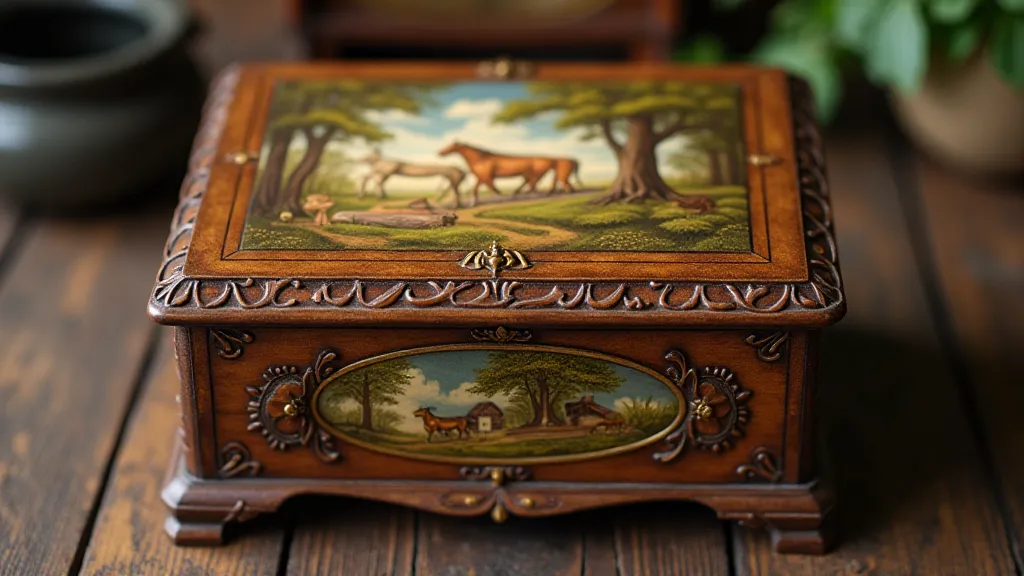
German Manufacturers: Larger and More Elaborate
German manufacturers often produced larger and more ornate musical boxes, sometimes incorporating elaborate woodwork and figurines.
Gebrüder Bing: A Diverse Manufacturer
Gebrüder Bing was a large German company that produced a wide variety of toys and automata, including musical boxes. Their boxes could range from relatively simple tabletop models to larger, more elaborate creations.
Identifying Marks: Bing boxes can be harder to identify definitively, as markings vary. Look for "Bing" or "G. Bing" stamped on the underside or interior. The quality and style can vary considerably.
Beyond the Mark: Factors in Identification
Identifying a musical box maker isn't always straightforward. Sometimes markings are worn, incomplete, or absent. In these cases, other factors can help narrow down the possibilities:
- Movement Style: The design and construction of the movement itself can be a significant clue. Swiss movements often exhibit a higher level of precision and complexity.
- Exterior Decoration: The style of decoration – the types of materials used, the painting techniques, and the subject matter – can provide hints about the manufacturer and its target market.
- Box Shape and Size: Specific shapes and sizes were often associated with particular manufacturers.
- Materials: The types of wood, metal, and other materials used can sometimes point to a manufacturer's preferred suppliers or design aesthetic.
The appeal of vintage musical boxes extends beyond their mechanical ingenuity; many collectors are drawn to the evocative melodies and the sense of history they embody. These delicate instruments often tell a story, hinting at the lives and times of those who once cherished their tunes. When considering the value and historical context of a musical box, it is important to examine its overall condition, rarity, and provenance. The preservation of these pieces is vital to ensuring that future generations can appreciate the beauty and complexity of their design. The concept of ephemeral beauty, reflected in the decaying melody and enduring craft, is well explored in "Ephemeral Harmonies: A Treatise on the Decay of Melody and the Resilience of Craft", offering a deeper perspective on the fleeting nature of sound and the timeless appeal of craftsmanship.

Conclusion
Identifying the maker of your vintage musical box is a rewarding journey that deepens your appreciation for these captivating pieces of history. While this guide has covered some of the major players, there are many other smaller and lesser-known manufacturers. With careful observation, research, and a little bit of detective work, you can unlock the secrets of your musical box and connect with its fascinating past.


